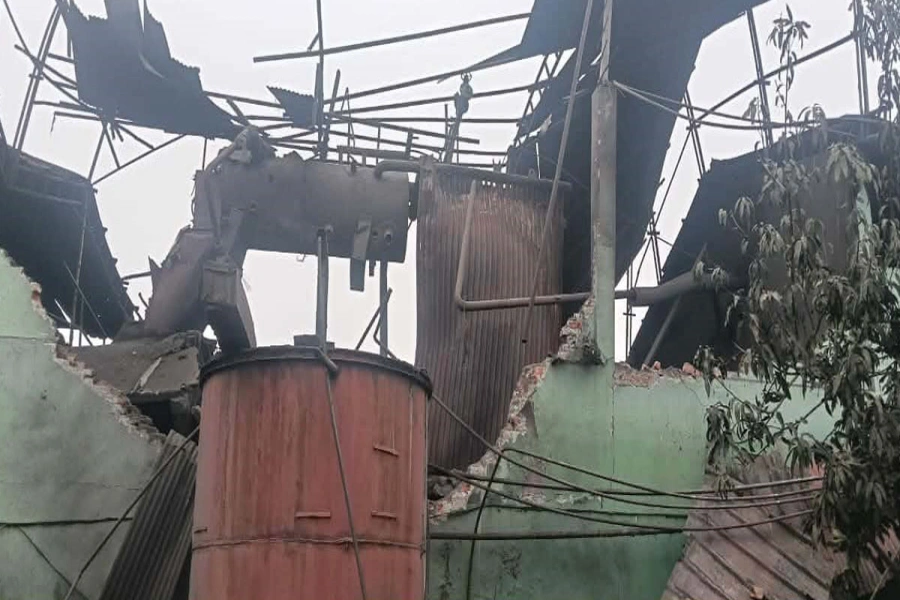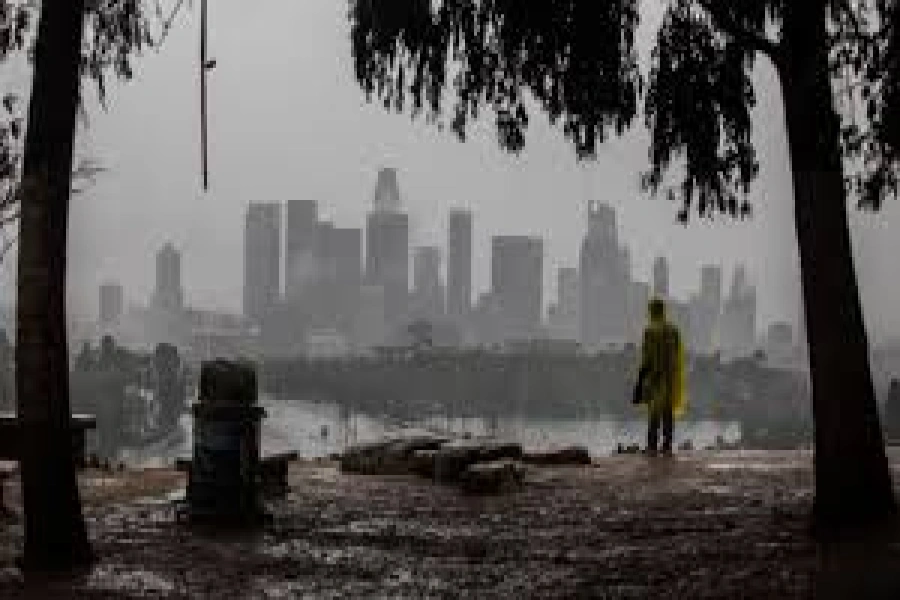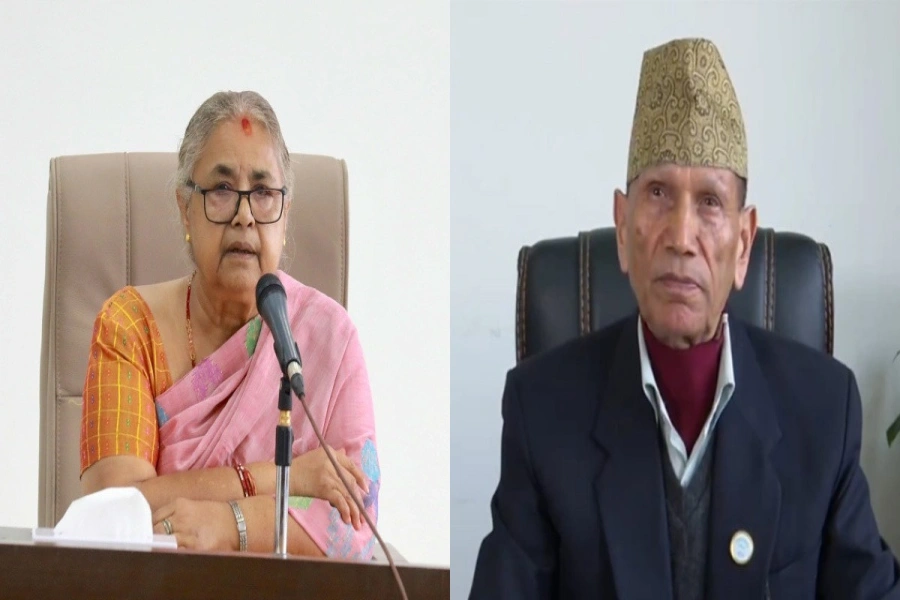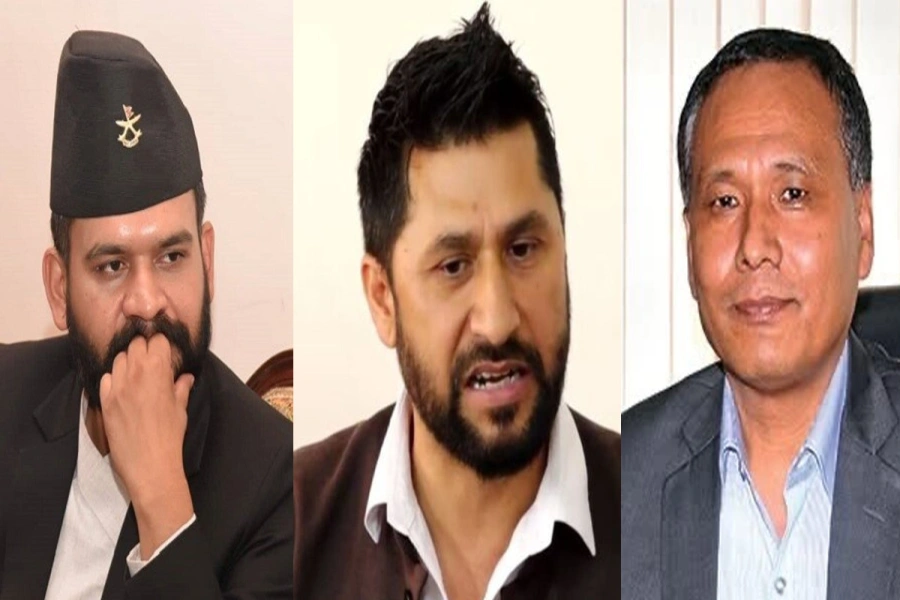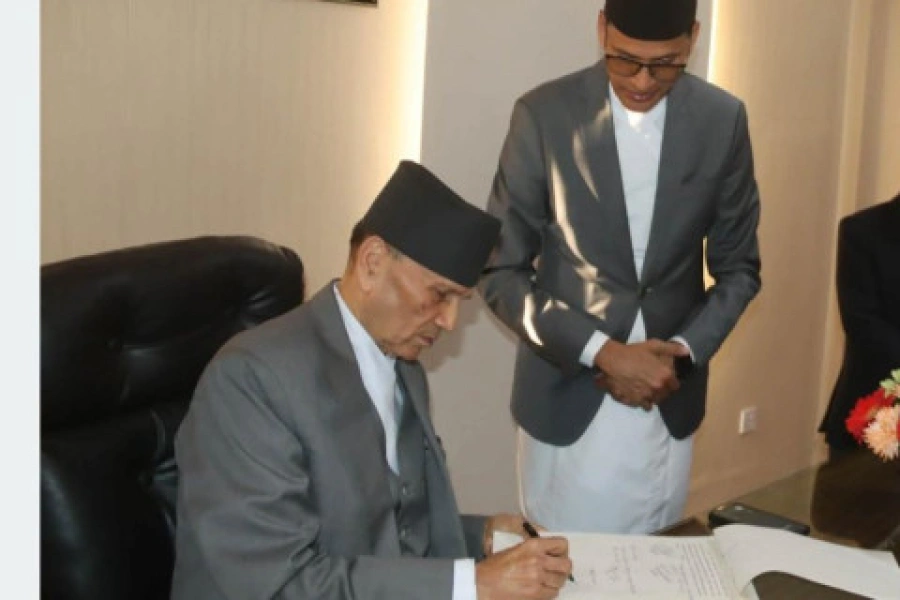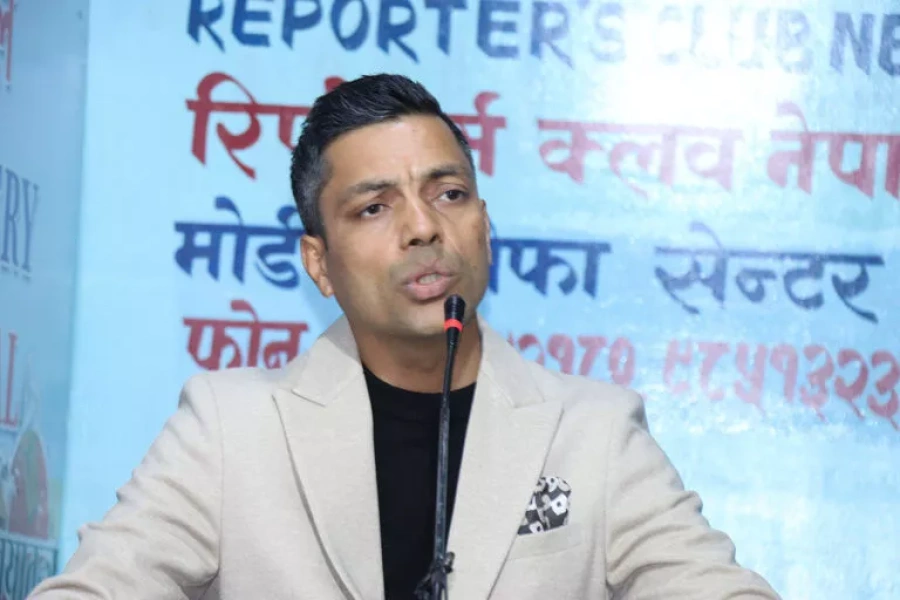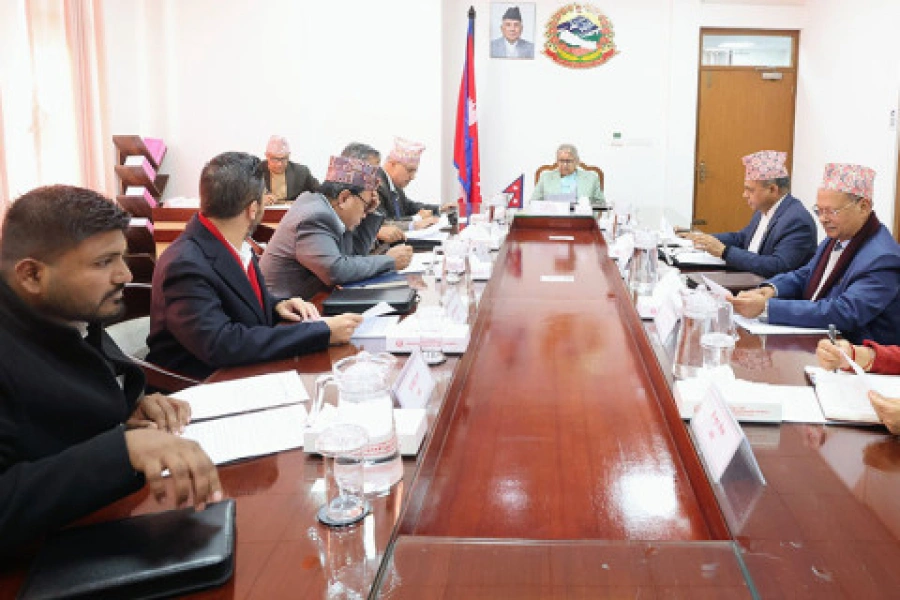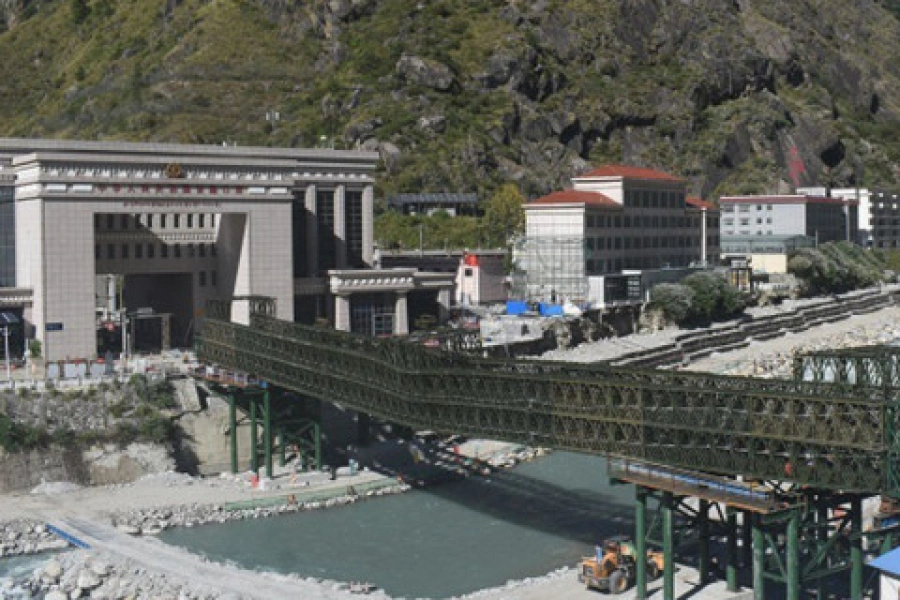According to various reports, the total number of bus accidents in Nepal from July 2018 to January 2019 was recorded at 5,404. And that number is only increasing as we continue to hear news of buses plunging into rivers, injuring and killing many, on a daily basis. Narrow roads with sharp bends, and poor conditions of vehicles and highways are often blamed for such accidents. But what is going on, really?
Ram Krishna Choudhary, who was all set to travel to Nepalgunj from Kathmandu, believes narrow roads and then speeding vehicles on those narrow roads are the main reasons for mishaps on the highway. He says a little vigilance and adherence to speed limit are all that are needed to avoid accidents but there’s a severe lack of discipline among long distance bus drivers.
Just a little more than a month ago, a bus plunged into the Sunkoshi River, when it was on its way to Kathmandu from Dolakha. The accident left 17 people dead and 50 injured. The reason behind the accident was found to be over speeding on the narrow highway of Sindhupalchowk.
“You hear news of accidents so frequently that it makes you hesitant to travel by buses. But flying is a lot pricier and so, many people really have no other option,” laments Choudhary.
However, buses that leave at night are deemed unsafe than those that leave during the day. Some long distance passengers that The Week spoke to claimed that many buses operate at night despite having faulty headlights. They also added that sometimes drivers tend to drink and drive.
“Some drivers are really over confident. Not only do they have a shot or two of alcohol at stops but many also try to show off their driving skills,” says Laxmi Lamichhane*.
She claims that when she was traveling to Mahendranagar from Kathmandu, a trip that generally takes 17 to 18 hours and thus only commences at night, she was filled with fear and couldn’t sleep a wink. She adds that getting into a fatal accident is something that is always there at the back of her mind whenever she’s traveling in a bus.
“I wish I could afford to splurge on a plane ticket every time I have to travel. I would feel so much more at ease,” says Lamichhane.
"Horror, an under-explored genre in Bollywood'

The case was the same for many Nepalis The Week spoke to. Kathmandu has people from various parts of the country, living here for studies or work. When it’s time to go home, many opt to take the bus, as that’s way cheaper than taking a flight or hiring a private vehicle.
But almost everyone The Week spoke to confessed that they usually felt ill at ease throughout the journey, and that it was mainly because of all the highway accidents they keep hearing about.
Ajay Sah, who drives a long distance bus from Kathmandu to Siraha, says that though road accidents are generally out of anyone’s control, it doesn’t mean certain measures can’t make road travel safer. Sah believes the first and foremost responsibility lies on the driver’s shoulders.
“I think drivers should be aware of the fact that the lives of many people and their families (who might not even be on the bus) depend on them. It’s a huge responsibility and understanding that can make one more cautious,” says Sah adding that this awareness in those behind the wheels could reduce the number of accidents on the highway.
He further says that bus drivers don’t usually inspect their vehicles and, most importantly, the engines properly before leaving for the highway. “Many accidents are also caused by brake failure or faulty machinery,” says Sah.
Raju Tamang, who drives a bus from Kathmandu to Mahendranagar, agrees with Sah and says that drivers being vigilant could lessen highway accidents. But he is quick to add that not all drivers drive recklessly and that sometimes bad road conditions make driving itself very difficult and lead to accidents.
“Even drivers are scared of getting into accidents because in many parts of our country, the roads are in terrible conditions,” says Tamang adding that buses skid off the roads because the roads aren’t properly paved or aren’t wide enough to allow two vehicles to pass through comfortably.
Tamang laments that people are quick to blame the drivers when an accident occurs, without understanding the conditions under which the accident took place. He adds that there are many places on the highway where it’s extremely tricky to drive and where vigilance alone isn’t enough to stay safe.
Shanti Shrestha* agrees with Tamang and says that many sections of the highway in Nepal are in horrible conditions and there aren’t even proper railings or barricades on the sides of the roads. When The Week caught up with Shrestha she was leaving for Kakarbhitta on a bus that her brother was driving. She said she prefers not to travel otherwise.
Another issue many passengers brought up was that not only did a lot of drivers drive carelessly but many also didn’t listen to them when they requested the drivers to drive slow or be a little more cautious.
Radha Pariyar, who frequently travels from Kathmandu to Biratnagar, says that there have been many instances when her fellow passengers have asked bus drivers to slow down or not overtake other vehicles recklessly but the pleas have always landed on deaf ears.
“I consider myself extremely lucky not to have been in an accident. I have had narrow escapes many times though and I feel it has always been the bus driver’s need to speed, even on bumpy roads, that have led to those instances,” she says.
Shreeya Maharjan, who recently traveled to Mustang, is of the opinion that buses carrying people way over its capacity could also be a cause of accidents while Pranav Adhikari thinks the problem is that drivers don’t adhere to rules and don’t stick to their own lanes while driving.
For Ayushi Bista, a student who is originally from Mahendranagar, the fear of getting into an accident is something that doesn’t allow her a moment’s rest when she’s on a bus.
“On night buses, it’s not unusual for the driver to allow a trainee driver to take his place while he sleeps,” she says adding that the lack of experience is always a huge risk factor.
Bandana Adhikari, engineer, Road Safety and Traffic Unit at Department of Roads, says that among the various reasons as to why accidents occur the main one is definitely the violations of traffic and route rules.
A recent bus accident in Arghakhanchi killed 17 people and injured 13. Adhikari visited the site and found that the bus that had fallen down the steep road was a huge deluxe night bus when the width of the road was just 20 meters. “It was a very narrow curve and the bus was too big to go through that route. No one knows how the driver even got the permit to use that route,” she says.
“There’s a reason why rules, limits, and instructions must be followed on the road. Not abiding by those is the primary cause of accidents,” she says.
However, people were of the unanimous opinion that there wasn’t one particular reason as to why highway accidents were rising at an alarming rate. Rather, they believed, it was a culmination of various factors including reckless driving on the driver’s part and poor road conditions that led to many people being injured or losing their lives on the highway. Their solution: The government and the people should work hand in hand, with each doing their bit, to solve this pressing problem.
(*Names changed)
kavyabis4@gmail.com





